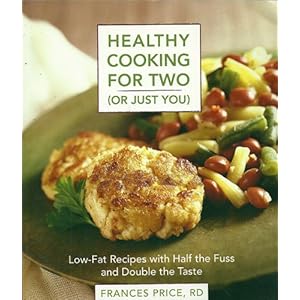photo pending
My updated and preferred method of making what is probably my favourite dish.
- 1 C small-shape dry pasta
- 1 Tbsp butter
- 1 Tbsp flour
- 1/8 tsp salt
- dash cayenne pepper
- 2/3 C milk
- 1 C shredded sharp Cheddar cheese
- 1/3 C panko bread crumbs
- 1/4 C shredded Mexican cheese blend
1. Preheat oven to 350°F. Boil pasta according to package directions until just cooked or slightly al dente. Do not overcook the pasta.
2. While the pasta is cooking, in a medium, heavy, oven-safe pan over medium-high heat, melt butter, using a whisk to move it around so that the melted butter covers the bottom and inner sides of the pan. Once the butter is completely melted and starting to bubble, but before it begins to brown, add flour, salt, and cayenne. Whisk to combine, and do not allow the flour to burn. Add milk, a Tablespoon or so at a time, whisking constantly but not fast. Be sure that the flour-butter mixture is being fully mixed into the milk with each addition. It may not be necessary to use all of the milk, stop when the sauce is a little thinner than preferred consistency, as the cheese will thicken the sauce.
3. Drain cooked pasta and leave in colander until needed.
4. Add sharp Cheddar cheese to sauce in small amounts, whisking through to fully melt cheese and mix it into sauce. Once cheese sauce is complete, add drained pasta in small amounts and stir through. Flatten pasta in sauce within the pan, filling the pan and creating an even top.
5. Toss panko and Mexican cheese together, and spread over top of pasta in sauce.
6. Bake, at 350°F, for 20 minutes or until golden and crispy on top. Remove from oven, run a spatula around the edge, and allow to cool for 2 minutes before serving.
Robyn's notes: this is a go-to recipe for me now, and typing it here is the first time I've actually written it up, I just do it from memory when I make it. I have been known to add cooked crumbled bacon, and when I do so I will often replace a bit of the butter with bacon grease (not a lot, though, or the sauce will struggle to come together). You can't specifically taste the cayenne with just a dash, it simply provides some depth of flavour, but I have a couple of times been overly generous with the dash and it's been noticeable then! So if you like a bit of kick, feel free to go a little heavy on it. Change up the cheese if desired--I've used Kerrygold Dubliner a few times--or add a favourite seasoning to the topping, whatever feels right. The pan I use is an enameled cast iron 8 inch round skillet, happens to be made by Crock Pot (not sponsored). I own two identical pans, in the teal that is my favourite colour, and they are holding up. Watch me demonstrate this recipe on YouTube!
***** 5 Stars: Excellent. A favourite for both of us, I will make this repeatedly


















